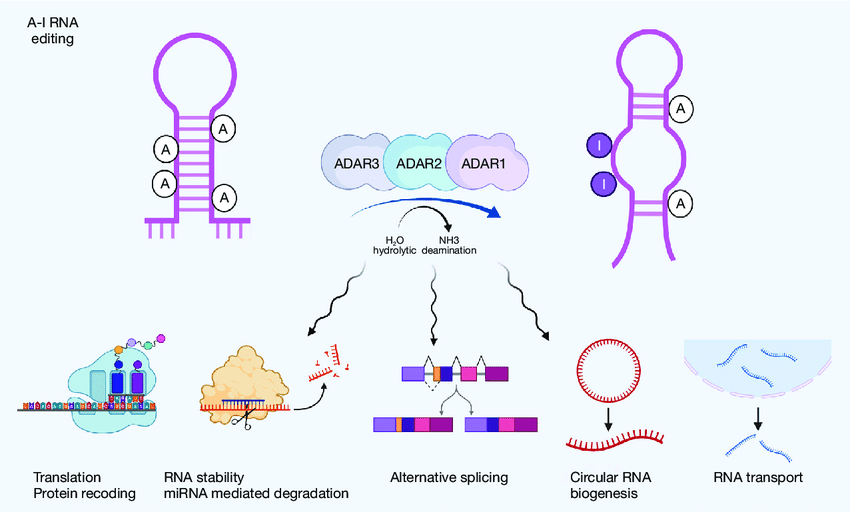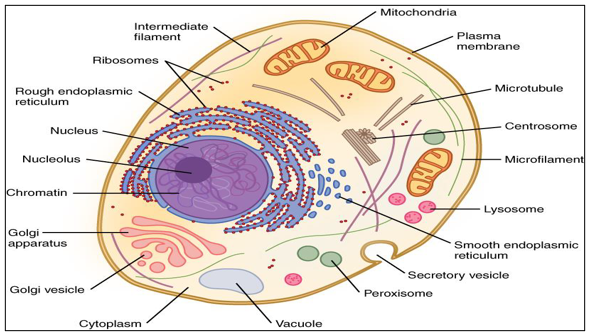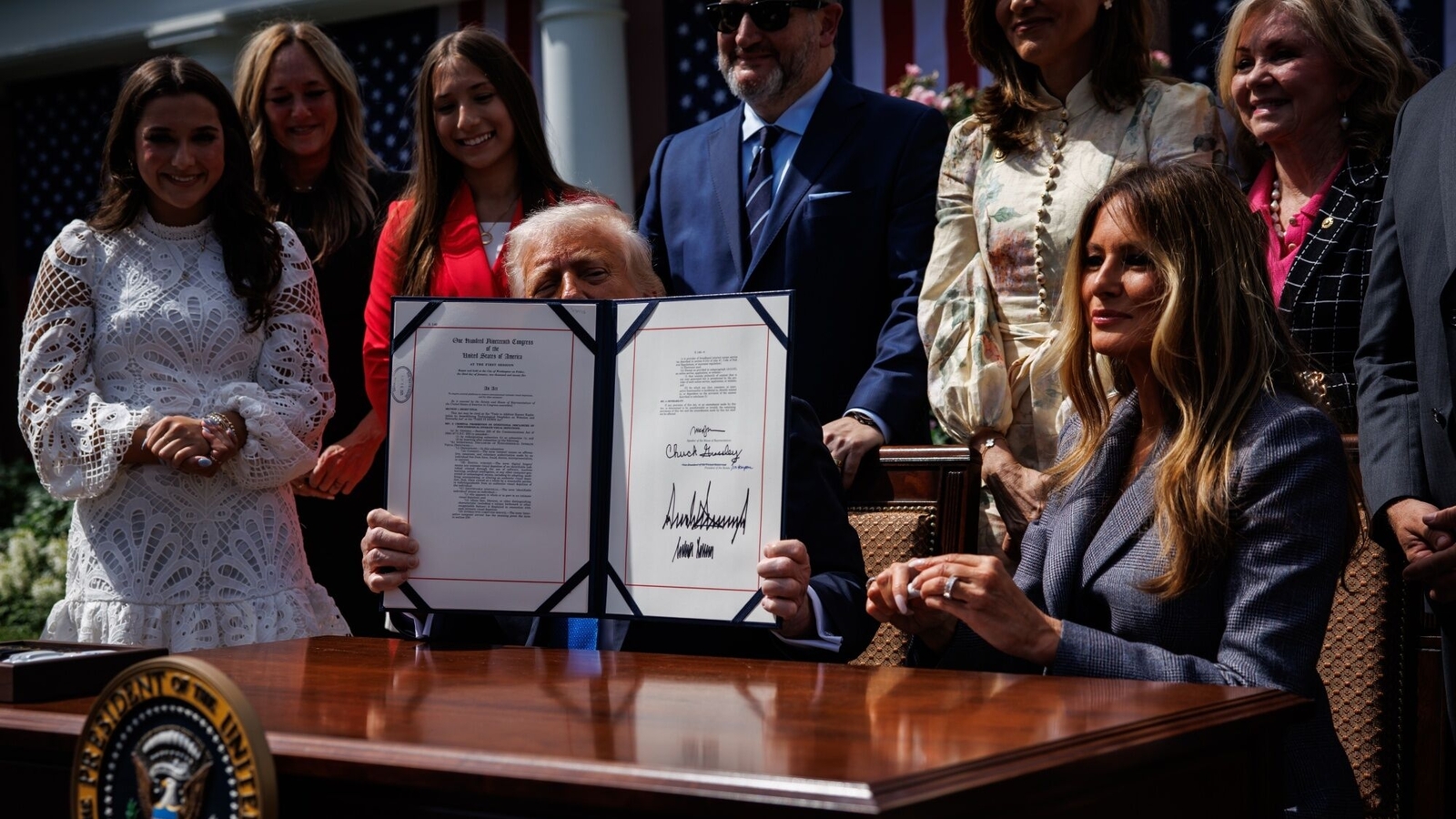- Courses
- GS Full Course 1 Year
- GS Full Course 2 Year
- GS Full Course 3 Year
- GS Full Course Till Selection
- Online Program
- GS Recorded Course
- NCERT (Recorded 500+ Hours)
- Polity Recorded Course
- Geography Recorded Course
- Economy Recorded Course
- AMAC Recorded Course
- Modern India, Post Independence & World History
- Environment Recoded Course
- Governance Recoded Course
- Science & Tech. Recoded Course
- International Relations and Internal Security Recorded Course
- Disaster Management Module Course
- Ethics Recoded Course
- Essay Recoded Course
- Current Affairs Recoded Course
- CSAT
- 5 LAYERED ARJUNA Mentorship
- Public Administration Optional
- ABOUT US
- OUR TOPPERS
- TEST SERIES
- FREE STUDY MATERIAL
- VIDEOS
- CONTACT US
A-to-I RNA Editing
A-to-I RNA Editing

Relevance: GS III, Science and Technology, Biotechnology
What Happened?
- Recently, Researchers from China have found that cells sometimes change their RNA instructions after copying them from DNA.
- This change is known as A-to-I RNA editing.
- This strange behavior has been found in a fungus called Fusarium graminearum.
- This fungus infects wheat and barley crops.
|
What is the Cell?
|
What is Deoxyribonucleic Acid (DNA)?
- DNA stands for Deoxyribonucleic Acid.
- It carries the instructions that help living things grow, work, and stay alive.
- DNA looks like a twisted ladder. This shape is called a double helix model.
- The sides of the ladder are made of sugar called deoxyribose and phosphate.
- The steps of the ladder are made of four special parts called bases. These bases are:
- Adenine (A)
- Thymine (T)
- Cytosine (C)
- Guanine (G)
- These bases always pair in a special way:
- A pairs with T
- C pairs with G
- The order of these bases is like a code.
- This code gives the body instructions to make proteins and RNA.
- DNA is found in almost every cell of a living thing.
- It is passed from parents to children, which is why family members can look alike.
What is Ribonucleic Acid (RNA)?
- RNA stands for Ribonucleic Acid.
- It is found in all living cells.
- RNA is similar to DNA, but not exactly the same.
- RNA is usually single-stranded, not double stranded like DNA.
- The backbone of RNA is made of phosphate and a sugar called Ribose.
- RNA has four bases:
- Adenine (A)
- Uracil (U) (This replaces Thymine (T) in DNA)
- Cytosine (C)
- Guanine (G)
- There are different types of RNA in the cell:
- mRNA (messenger RNA): It carries instructions to make proteins.
- rRNA (ribosomal RNA): It helps make the parts of the cell where proteins are built.
- tRNA (transfer RNA): It brings the building blocks to make proteins.
- Some RNA helps to control which genes are turned on or off.
- Some viruses, like the flu or coronavirus, use RNA as their genetic material instead of DNA.
What is Transcription?
- Transcription is the process where a DNA is copied to make a RNA molecule, called messenger RNA (mRNA).
- An enzyme called RNA polymerase starts this process.
- This process uses one strand of DNA as a guide.
- The mRNA when formed it moves into the cytoplasm, where it helps to make proteins.
- It follows the complementary base-pairing rule, but adenine pairs with uracil (U) in RNA instead of thymine (T).
- Only a specific segment of DNA is transcribed, not the entire DNA like in replication.
|
Features |
mRNA (Messenger RNA |
tRNA (Transfer RNA) |
rRNA (Ribosomal RNA) |
|
Structure |
Linear, single-stranded |
Cloverleaf shape |
Complex, spherical |
|
Function |
Carries genetic code from DNA to ribosomes |
Brings amino acids to ribosome for protein making |
Forms the core of ribosomes, helps protein synthesis |
|
Length |
300–12,000 nucleotides (in mammals) |
76–90 nucleotides |
Varies (different sizes in ribosome subunits) |
|
Location of Synthesis |
Nucleus |
Cytoplasm |
Ribosomes |
|
Role in Protein Synthesis |
Provides the template (codons) for building proteins |
Matches its anticodon to mRNA codons, delivers amino acids |
Helps assemble ribosome and catalyzes peptide bond formation |
What is A-to-I RNA Editing?
- It is also known as the Adenosine-to-Inosine RNA editing. It is a natural process that changes the information in RNA after it is made from DNA.
- The Adenosine (A) in the RNA molecule is chemically converted into Inosine (I).
- This editing is carried out by enzymes called ADARs (Adenosine Deaminases Acting on RNA).
- ADAR enzymes recognize double-stranded regions of RNA and change specific adenosines (A) into inosines (I).
- Inosine is recognized as guanosine (G) by the cellular machinery during translation (process of converting the genetic information encoded in mRNA into a protein) and other processes, which can alter the amino acid sequence of proteins.
|
DNA → Transcription → mRNA → A-to-I Editing → Modified mRNA → Translation → Protein |
Significance of A-to-I RNA Editing:
- Creates More Protein Types from One Gene: A-to-I RNA editing helps the body make different kinds of proteins from the same gene. This means the body can do many different jobs without needing extra genes.
- Very Important for the Brain: In the human brain, A-to-I editing helps produce different forms of neurotransmitter receptors by modifying the mRNA sequence. This is important for memory, learning, and overall brain function.
- Supports the Immune System: A-to-I editing helps the body tell the difference between its own cells and viruses. This prevents the immune system from attacking healthy cells by mistake.
- Useful for Treating Diseases: Scientists are looking at how A-to-I editing can help treat diseases like cancer, brain disorders, and genetic problems. It offers a new way to fix mistakes in RNA without touching the DNA.
- Nervous System Development: A-to-I RNA editing is important for the development of the nervous system. It also plays a key role in the overall growth and development of the body.



